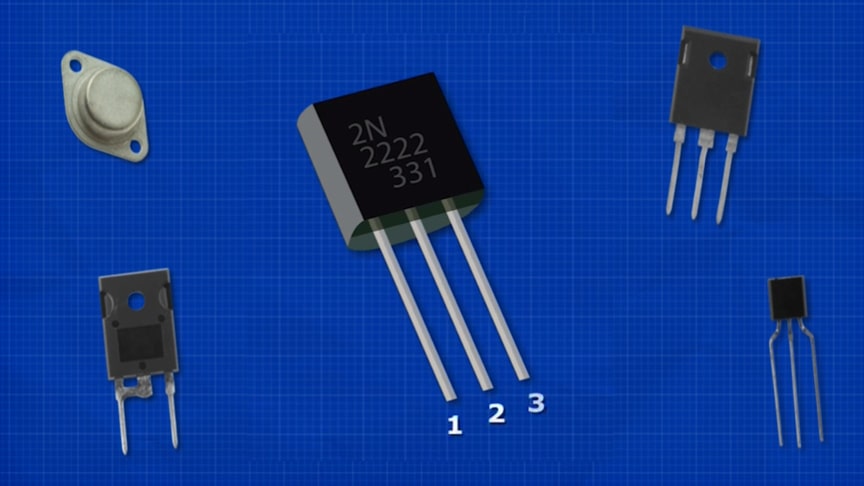A transistor is a miniature semiconductor that regulates or controls current or voltage flow, it is one of the basic building blocks of modern electronics.It is composed of semiconductor material, usually with at least three terminals for connection to an electronic circuit.
source/image: The Engineering Mindset
A voltage or current applied to one pair of the transistor’s terminals controls the current through another pair of terminals.In this video we learn how transistors work, the different types of transistors, electronic circuit basics, how to build a transistor circuit, transistor amplifier, current gain beta, npn, pnp, heat sink, electronics and electrical engineering.
If we join electrical contacts to all three layers of the sandwich, we can make a component that will either amplify a current or switch it on or off—in other words, a transistor. Because the controlled (output) power can be higher than the controlling (input) power, a transistor can amplify a signal. Some transistors are packaged individually, but many more in miniature form are found embedded in integrated circuits.
Advertisement
Most transistors are made from very pure silicon, and some from germanium, but certain other semiconductor materials are sometimes used. A transistor may have only one kind of charge carrier, in a field-effect transistor, or may have two kinds of charge carriers in bipolar junction transistor devices. Compared with the vacuum tube, transistors are generally smaller and require less power to operate.











